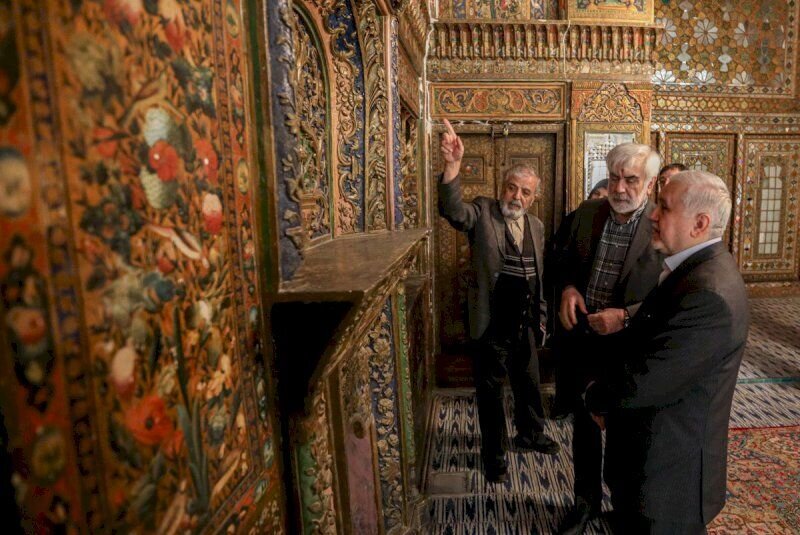Maps for Rasht, Shiraz historical textures needs ICOMOS help: deputy minister

TEHRAN – Developing comprehensive maps of the historical cores of the northern city of Rasht and the southern city of Shiraz requires assistance from International Council on Monuments and Sites (ICOMOS), the deputy tourism minister has said.
Help from ICOMOS as a scientific observer is needed to prepare all-inclusive maps of Rasht and Shiraz’s historical textures, Ali Darabi explained on Tuesday.
In an address to World Heritage Day, he described ICOMOS as an active social capital with scientific capabilities.
Celebrated as the heartland of Persian culture for over 2000 years, Shiraz has become synonymous with education, nightingales, poetry, and crafts skills passed down from generation to generation. It was one of the most important cities in the medieval Islamic world and was the Iranian capital during the Zand dynasty from 1751 to 1794.
Shiraz is home to some of the country’s most magnificent buildings and sights. Increasingly, it draws more and more foreign and domestic sightseers flocking into this provincial capital.
Sophisticated Rasht, the capital of Gilan province, has long been a weekend escape for residents of Tehran who are looking to sample the famous local cuisine and hoping for some pluvial action – it's the largest and wettest town in the northern region. Gilan is divided into a coastal plain including the large delta of Sefid Rud and adjacent parts of the Alborz mountain range.
World Heritage Day, also known as the International Day for Monuments and Sites, is an annual observance held on April 18th to raise awareness about the importance of cultural heritage and to celebrate the diversity of our shared human history.
The day was established by the International Council on Monuments and Sites (ICOMOS) in 1982 during a seminar in Tunisia and was later approved by the United Nations General Assembly in 1983 at the 22nd session of the UNESCO Conference.
Each year, ICOMOS proposes a theme for activities to be organized by its members and partners - and anyone who wants to join in marking the day. A different theme is featured each year, and events and activities are organized around the world to promote the protection and preservation of cultural heritage.
The ICOMOS organization was established on the principles put down in the Venice Charter, also known as the 1964 International Charter on the Conservation and Restoration of Monuments and Sites.
This year, the IDMS is aimed to provide a timely opportunity to showcase strategies demonstrating the full potential of heritage research and practices which deliver climate-resilient pathways, while advocating for inclusive transitions to low-carbon futures. It is part of the ICOMOS Triennial Scientific Plan 2021-2024 and supports the 2020 ICOMOS resolution on People-centered Approaches to Cultural Heritage.
ABU/AM
Leave a Comment